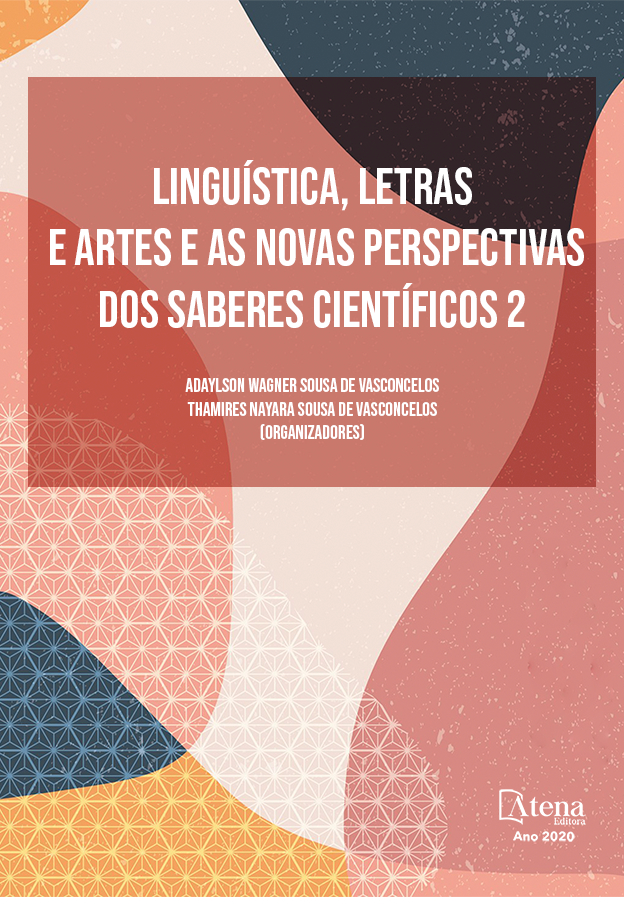
LITERATURA E CINEMA: ENTRE O DESEJO DO INDIZÍVEL E A SEDUÇÃO DA IMAGEM EM VERGÍLIO FERREIRA
Vergílio Ferreira em Do livro ao filme, publicado no quarto volume de Espaço do Invisível, e também na quarta edição de Cântico Final, inicia a fase que Mário Jorge Torres intitula de desejo da imagem. Trata-se de um texto que aborda a adaptação do seu romance por Manuel Guimarães e que se tornaria na sua primeira experiência concreta com o universo cinematográfico. Analisando este ensaio e olhando retrospetivamente para outros textos, pretendemos demonstrar a evolução do pensamento de Vergílio Ferreira sobre as relações entre literatura e cinema. Face à análise discursivo-semiótica que realizámos, podemos concluir que, se antes o escritor se afastava liminar e irredutivelmente do cinema, em Do livro ao filme, uma curiosa metamorfose ocorre no pensamento vergiliano que permite a identificação de duas ideias centrais. Em primeiro lugar, o cinema deixa de ser considerado como uma simples e redutora forma de ilustração do livro, para passar a ser visto como uma extensão plástica de um outro tipo de imaginação criativa. Em segundo lugar, consubstanciando e materializando a sua perspetiva sobre as relações entre a literatura e o cinema, evidencia, de modo claro, o valor ancilar, mas complementar, do último em relação ao primeiro. Na verdade, para Vergílio Ferreira, tanto a adaptação cinematográfica como o próprio ensaio têm como função «servir» o romance. Apesar de nunca abandonar o conceito da superioridade da literatura relativamente às outras formas de arte, Vergílio Ferreira já não desconsidera o cinema. Da irredutibilidade inicial, nasce, em crescendo, um desejo indizível pela imagem. Opera-se, assim, uma metamorfose quase impercetível e, da irredutibilidade, passa a sentir uma progressiva atração e desejo relativamente à imagem. De facto, as adaptações fílmicas de dois dos seus romances (Cântico Final e Manhã Submersa) constituíram um fator decisivo para esta inflexão.
LITERATURA E CINEMA: ENTRE O DESEJO DO INDIZÍVEL E A SEDUÇÃO DA IMAGEM EM VERGÍLIO FERREIRA
-
DOI: 10.22533/at.ed.6382008128
-
Palavras-chave: literatura, cinema, Vergílio Ferreira.
-
Keywords: literature, film, Vergílio Ferreira.
-
Abstract:
Vergílio Ferreira in From the book to the film, published in the fourth volume of Espaço do Invisível, and also in the fourth edition of Cântico Final, begins the phase that Mário Jorge Torres calls image desire. It is a text that deals with the adaptation of his novel by Manuel Guimarães and that would become his first concrete experience with the cinematographic universe. Analyzing this essay and looking retrospectively at other texts, we intend to demonstrate the evolution of Vergílio Ferreira's thinking on the relationship between literature and cinema. In view of the discursive-semiotic analysis that we carried out, we can conclude that, if before the writer moved away from the cinema, in Do Livro ao Filme, a curious metamorphosis occurs in Vergilian thought that allows the identification of two central ideas. In the first place, cinema is no longer considered as a simple and reducing form of illustration for the book, but is seen as a plastic extension of another type of creative imagination. Second, consolidating and materializing its perspective on the relationship between literature and cinema, it clearly shows the ancillary, but complementary, value of the latter in relation to the former. In fact, for Vergílio Ferreira, both the film adaptation and the essay itself have the function of "serving" the novel. Despite never abandoning the concept of the superiority of literature over other forms of art, Vergílio Ferreira no longer disregards cinema. From the initial irreducibility, a growing desire for the image is born. Thus, an almost imperceptible metamorphosis takes place and, from the irreducibility, it starts to feel a progressive attraction and desire regarding the image. In fact, the filmic adaptations of two of his novels (Cântico Final and Manhã Submersa) were a decisive factor in this inflection.
-
Número de páginas: 9
- Luís Miguel Oliveira de Barros Cardoso


